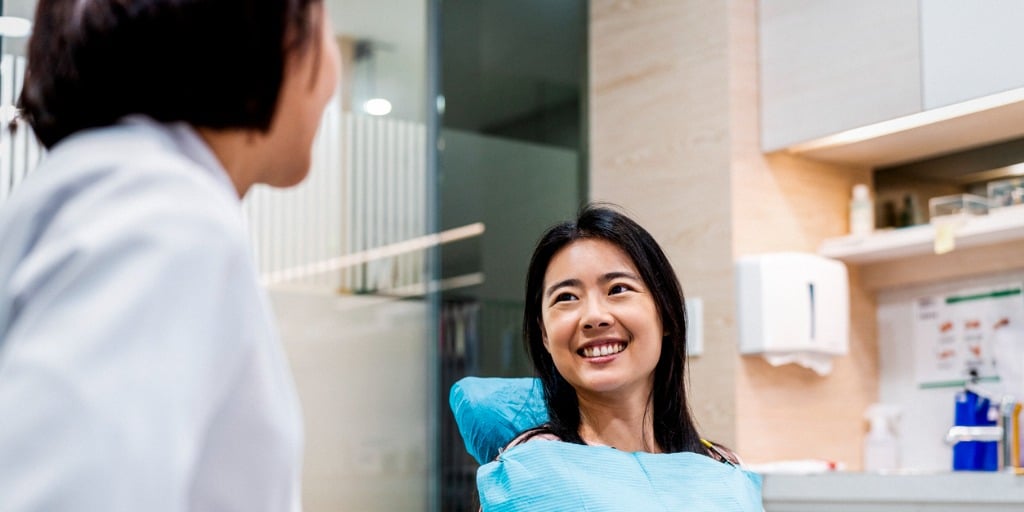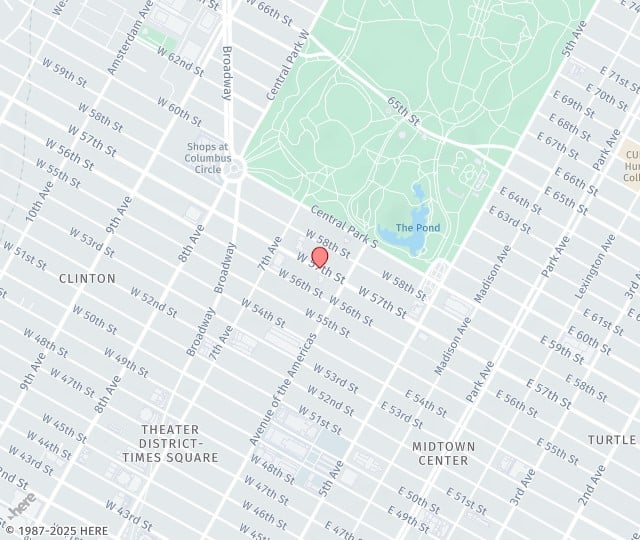
Dentistry, like all areas of medicine, is constantly evolving. New methods and treatments come into play, improving patient care and increasing the preventive aspects of oral care. You could think of the introduction of fluoride into water supplies and dental products as the single largest improvement in preventing dental decay. It was, in effect, the original minimally invasive dentistry technique.
Today, the focus is on prevention and minimal dentist intervention by preserving original gum tissue and maintaining as much natural tooth structure as possible. This is known as minimally invasive dentistry, and Dr. Siegelman are at the forefront of this exciting new area of dentistry. This focus benefits our patients from all around the New York area.
What Is Minimally Invasive Dentistry?
The goal of minimally invasive dentistry is to preserve healthy tooth structure and gum tissue. This pro-active approach aims for prevention and early intervention, as well as less invasive treatment options. Using various scientific advances allows Dr. Siegelman to perform the least amount of dentistry intervention while preserving as much of the patient’s tooth structure as possible.
This can involve laser dentistry or the use of new long-lasting materials that help stem decay, often limiting the use of the much-hated dental drill. We strive to detect cavities in their earliest stage and, when treatment is required, perform procedures with as little disturbance as possible. Modern technology used in minimally invasive surgical procedures results in overall better outcomes, reduced discomfort, and faster recovery time.
What Are The Processes Involved With Minimally Invasive Dentistry?
Risk assessment is a big part of this. Our team first evaluates the patient’s oral and overall health. We’ll look at the presence of bacteria, quality and quantity of the patient’s saliva, and even their diet, as these are all contributors to the development of decay. Then we will design or utilize strategies to prevent or reduce that risk for the patient. For instance, if a patient has a high level of oral bacteria, we may recommend certain mouthwashes to use to help decrease the bacteria.
Techniques used in minimally invasive dentistry include:
- Remineralization — As discussed above, there are exciting advances in remineralization of teeth. This is when teeth regain the minerals that they lose in the demineralization process (caused by bacteria, plaque, and other ongoing effects). Fluoride has always been fundamental to this process; it’s how it protects the teeth from developing decay. MI paste is another key material to repair mineral loss and produce stronger, more resilient teeth.
- Laser Dentistry — Lasers are used in various general, periodontal, and cosmetic procedures to help preserve natural tooth structure and reduce both procedure and recovery time. For treating and preventing periodontal disease, laser gum therapy has become a pivotal instrument to reduce gum pocket depth and remove harmful bacteria.
- Air abrasion — In cases where the patient has minimal decay, there is the possibility that Dr. Siegelman and Dr. Currier can now use air abrasion to remove the decay. This replaces the traditional drill, and it doesn’t require anesthesia. It resembles microscopic sandblasting and uses a stream of compressed air with a super-fine abrasive powder to remove the decay.
- Sealants — Sealants made from plastic resin are showing more and more promise moving beyond simply filling deep natural fissures in the molars of children. That has been done for 50 years and has proven successful in preventing decay from forming down in the bottom of these cracks in the molars where the patient cannot clean. Sealants fill the grooves and depressions of the tooth and act as a barrier, protecting against acid and plaque. Sealants can be placed on teeth that seem susceptible to developing decay.
- Inlays and onlays — Dentists traditionally treat cavities with composite fillings, using a drill to remove the decay, along with some healthy tooth structure, to place a filling. This allowed the repair to be done completely by the dentist, even if it required the removal of more tooth structure. Inlays and onlays have been available for decades, but they have had to be made by an outside dental lab. These custom-made restorations fit the area of decay removed. Inlays consist of the interior top of the tooth, inside the outer cusps. Onlays involve at least one or more of those outer cusps. Beyond precluding placing large fillings, inlays and onlays also can often take the place of a crown. And they require the removal of dramatically much less healthy tooth structure than is necessary to place a crown.
Dr. Siegelman have an advantage when it comes to placing inlays and onlays, as well. Our team uses our in-house design and milling system, CEREC, to create these restorations right in our 57th Street office, enabling us to place these restorations in just a single appointment.
- Nightguard / Bite Splints — Many more people grind their teeth at night than have any idea they are doing so. This nightly grinding, called bruxism, causes serious damage to the teeth. Our team looks for early signs of bruxism, and we then create a mouthguard for the patient to wear at night to protect the teeth.
- Computer-Guided Implant Surgery — Our surgical team combines the advanced technology of 3D imaging, CT (computerized tomography) scans, and CAM (computer-aided manufacturing) software to simplify the surgical process. After using a 3D map of the patient’s jaw bone, surrounding tissue, and root anatomy to carefully plan implant position, a custom surgical guide is designed to aid in precise placement. This method allows for smaller incisions, fewer complications, faster recovery time, and higher success rates.
Who Is A Good Candidate For Minimally Invasive Dentistry?
Every patient is a great candidate, as these processes have the goal of conserving natural tooth structure and gum tissue. This leaves you with more of your healthy tooth structure, which increases the chances of keeping all of your teeth for the duration of your life. By staying up to date with dental technology and incorporating all the principles of minimally invasive dentistry, we can better diagnose, intercept, and treat our patients. The “less is more” approach is practical and comforting to our patients, especially if you have dental anxiety.
Minimally invasive dentistry provides an opportunity to deliver the best dental care and a more positive association with dental visits and oral health for children and adults.
Patient Testimonials:
"Dr. Siegelman and his entire staff put me at ease from the moment I stepped foot into the office. I feel honored to be one of Dr. Siegelman’s patients. Not only is he gentle with an excellent bedside manner, but he also happens to be a wonderful dentist. I can honestly say that I am looking forward to the next time I have to visit his office and will never go to another dentist ever again. Thank you Dr. Siegelman, the wonderful hygienist, and the entire team for taking such good care of me!"
"Dr. S (and his entire staff) is AMAZING!! Everyone is kind, patient, courteous, and professional. If you are afraid of the dentist I highly recommend you schedule a visit."
"Knowledgeable, patient and friendly doctors and staff. Latest technology and comfortable atmosphere make this a relaxed dental experience which is highly recommended."
Schedule Your Consultation Today!
Interested in learning more about minimally invasive dentistry? Call (212) 974-8737 to schedule your consultation with our team of dentists today!

